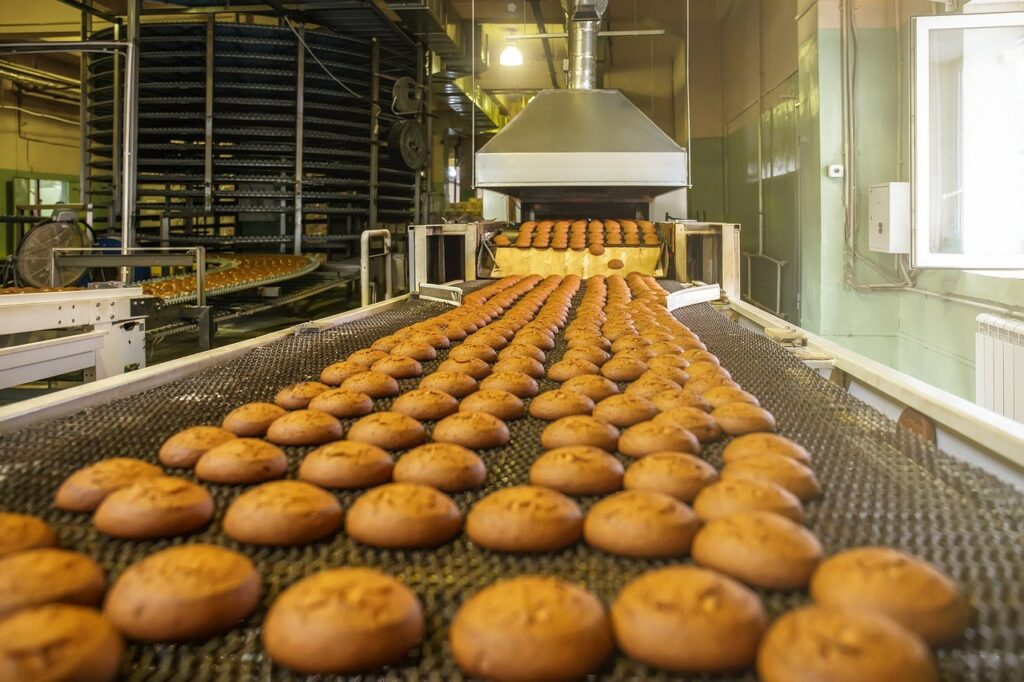Some of popular baking enzymes are:
- Amylase Enzyme
- Papain Enzyme
- Xylanase Enzyme
AMYLASE ENZYME FOR BAKING INDUSTRY
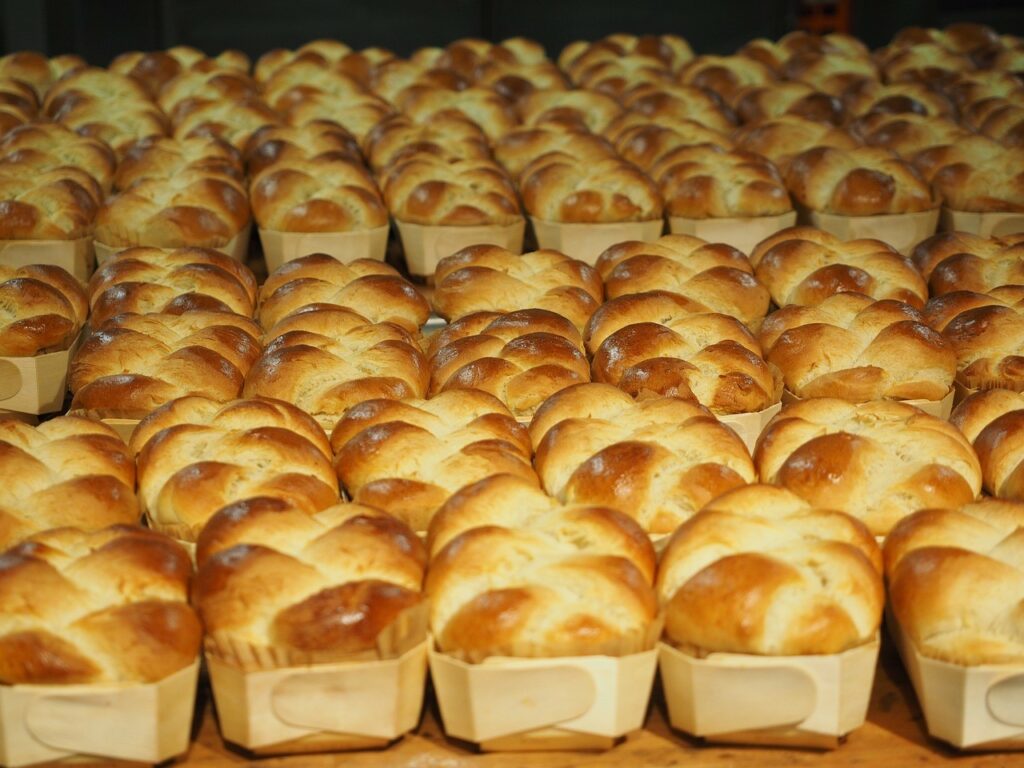
AMYLASE ENZYME APPLICATIONS IN BAKING INDUSTRY:
Dough Conditioning: Amylase enzymes play an essential role in preparing dough by breaking down starch molecules into smaller, fermentable sugars. This important process enhances the amount of sugars available for yeast fermentation, resulting in better dough rising and increased gas production.
Extended Shelf Life: Amylase enzymes play an essential role in preparing dough by breaking down starch molecules into smaller, fermentable sugars. This important process enhances the amount of sugars available for yeast fermentation, resulting in better dough rising and increased gas production.
Gluten-Free Baking: In the world of gluten-free baking, it can be quite tricky to achieve the perfect texture and structure without gluten. That’s where amylase enzymes come to the rescue! These little helpers are used to enhance the performance of alternative flours.
Activity: 10000 SKBU to 1,00,000 SKBU (Activity level can be customized as per customer’s requirement).
AMYLASE ENZYME FOR BREWING INDUSTRY

Mashing Process: When making beer, malted grains like barley are combined with hot water to make a mash. Enzymes in the malt, like alpha-amylase and beta-amylase, help break down the starches in the grains into sugars that can be fermented, mainly maltose.
Starch Conversion: Alpha-amylase and beta-amylase team up to break down the complicated starches in malted grains into simpler sugars. Alpha-amylase cuts the starch molecules at various points, resulting in a blend of dextrins, maltose, and other oligosaccharides.
Activity: 10000 SKBU to 1,00,000 SKBU (Activity level can be customized as per customer’s requirement).
AMYLASE ENZYME FOR TEXTILE INDUSTRY

Desizing: In textile manufacturing, natural fibers might be treated with sizing to make them easier to work with and less likely to break during weaving or knitting. Starch-based sizing agents are often applied for this task.
Bio-Polishing: Amylase enzymes are also utilized in the bio-polishing of textiles, especially cotton fabrics. Bio-polishing is a final touch process designed to enhance the fabric’s surface smoothness, softness, and overall appearance.
Biostoning: Amylase enzymes are utilized in biostoning treatments during denim and other garment finishing processes to achieve a vintage or distressed look. This technique involves removing indigo dye and causing surface abrasion on the denim fabric.
Activity: 10000 SKBU to 1,00,000 SKBU (Activity level can be customized as per customer’s requirement).
PAPAIN ENZYME
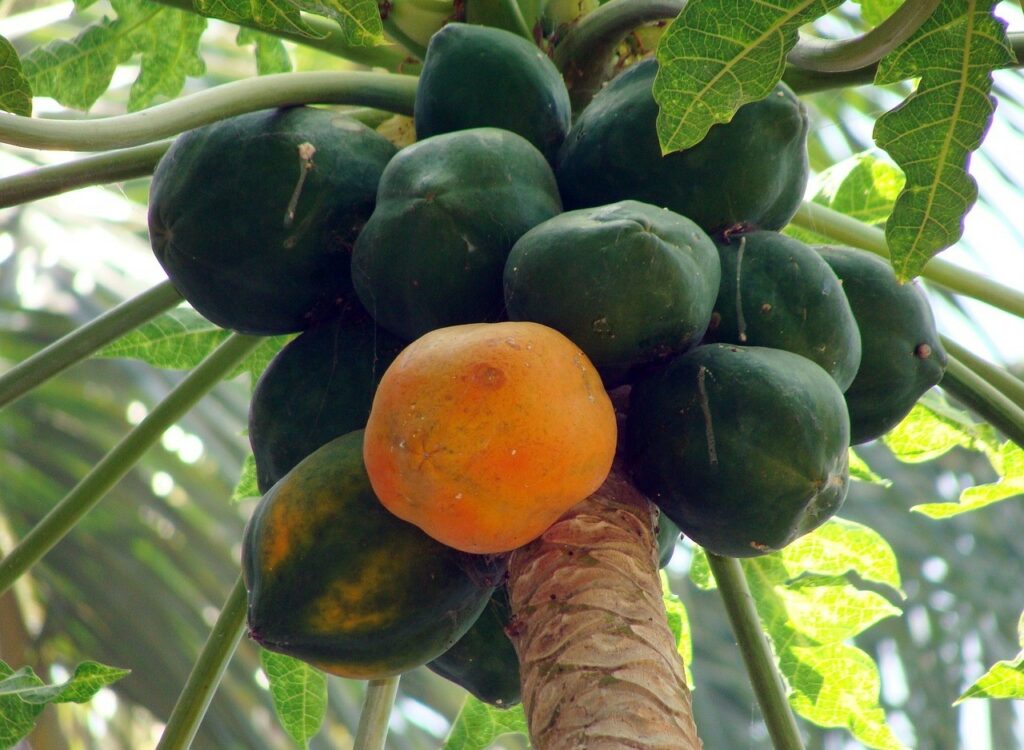
Application of Papain Enzyme In Different Industries:
PAPAIN ENZYME IN FOOD INDUSTRY
Tenderization: Papain is widely utilized in the food industry to tenderize meat. By breaking down protein molecules, it effectively softens tough meat fibers, resulting in a more tender and enjoyable eating experience. It is commonly found in marinades, meat injectables, and tenderizing powders, all aimed at enhancing the texture and taste of meat products.

Activity: 100 TU/mg to 1000 TU/mg (Activity level can be customized as per customer’s requirement).
PAPAIN ENZYME IN TEXTILE INDUSTRIES

Activity: 100 TU/mg to 1000 TU/mg (Activity level can be customized as per customer’s requirement).
PAPAIN ENZYME IN PHARMACEUTICAL INDUSTRY
Digestive Aid: Papain is a popular ingredient found in many pharmaceutical products that aid digestion. It works by breaking down proteins into smaller components like peptides and amino acids, which makes it easier for our bodies to digest food.

Wound Healing: Papain has some amazing abilities when it comes to healing wounds. It’s commonly found in ointments, gels, and creams that are used to remove dead tissue, speed up the healing process, and promote wound healing.
Activity: 100 TU/mg to 1000 TU/mg (Activity level can be customized as per customer’s requirement).
PAPAIN ENZYME IN BAKING INDUSTRY
Bread Softening: Papain’s proteolytic action could also be utilized to soften bread crusts or crumb texture. By breaking down protein structures in the crust or crumb, papain could result in softer, more tender baked products.
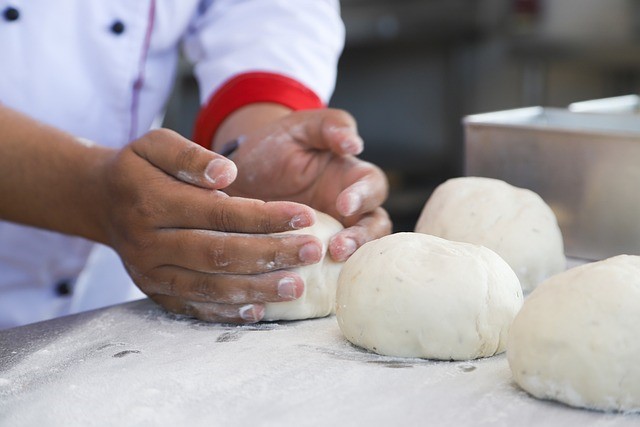
Dough Conditioning: In the world of commercial baking, enzymes are occasionally employed as dough conditioners to enhance the way dough is handled, making it more flexible and easier to work with. Although amylases and proteases are typically the go-to enzymes for this task, there is potential for papain to be included in dough conditioner formulas to achieve similar results.
Activity: 100 TU/mg to 1000 TU/mg (Activity level can be customized as per customer’s requirement).
XYLANASE ENZYME
Application of Xylanase Enzyme:
Brewing Industry: Xylanase Enzyme is actually used in the production of beer. It helps to lower the viscosity of the wort, which in turn improves the beer yield and filtration rate. Xylanase treatment has the potential to make beer clearer and more stable. By breaking down the polysaccharides that cause haze formation, xylanase aids in creating beer that is clearer and less likely to experience issues with stability, such as chill haze. As a result, the end product is visually appealing and remains stable over time.

Activity: 10000 IU/gm to 1,00,0000 IU/gm (Activity level can be customized as per customer’s requirement).
Pulp And Paper Industry: Xylanase enzymes play a crucial role in the bleaching of hardwood and non-wood pulps during pulp bleaching processes. They assist in effectively removing hemicellulose, specifically xylan, from the pulp fibers.
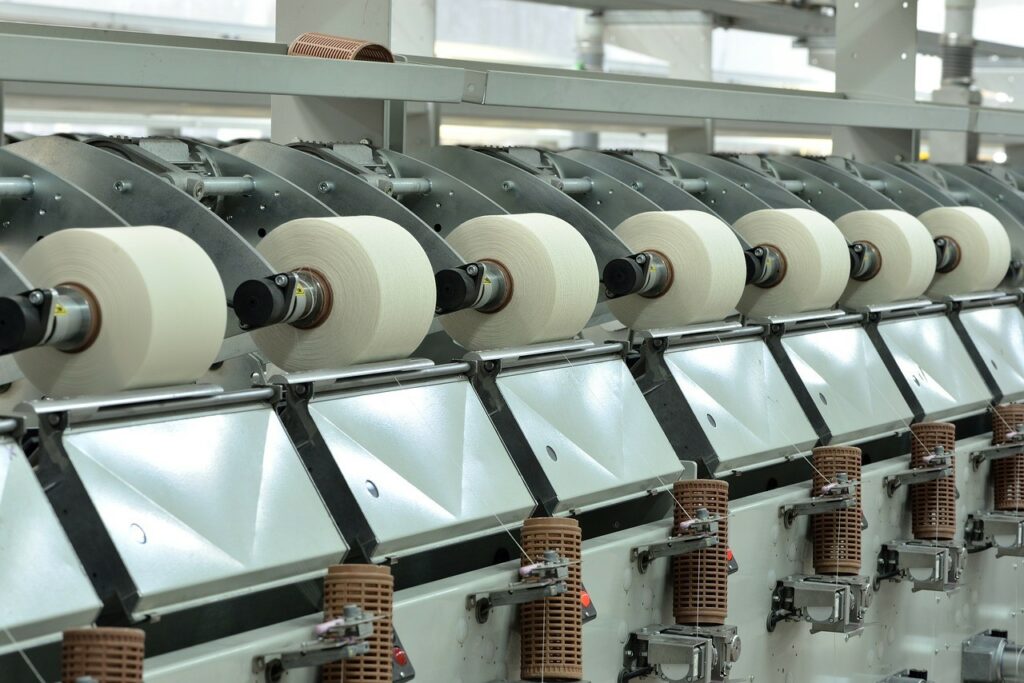
Activity: 10000 IU/gm to 1,00,0000 IU/gm (Activity level can be customized as per customer’s requirement).
Baking Industry: Xylanase enzymes play an essential role in preserving the quality of baked goods by slowing down retrogradation, the phenomenon where starch molecules recombine and create a crystalline structure, ultimately causing staleness. Xylanase enzymes are employed to enhance the quality and consistency of goods crafted from substitute flours like rice flour, corn flour, or tapioca flour. Xylanase enzymes are often used in combination with other baking enzymes, such as amylases and proteases, to achieve synergistic effects.
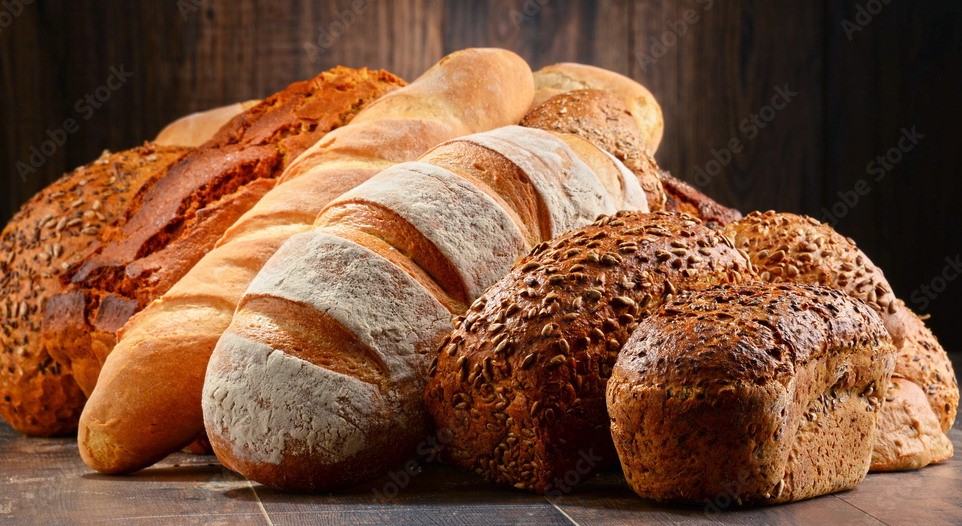
Activity: 10000 IU/gm to 1,00,0000 IU/gm (Activity level can be customized as per customer’s requirement).



